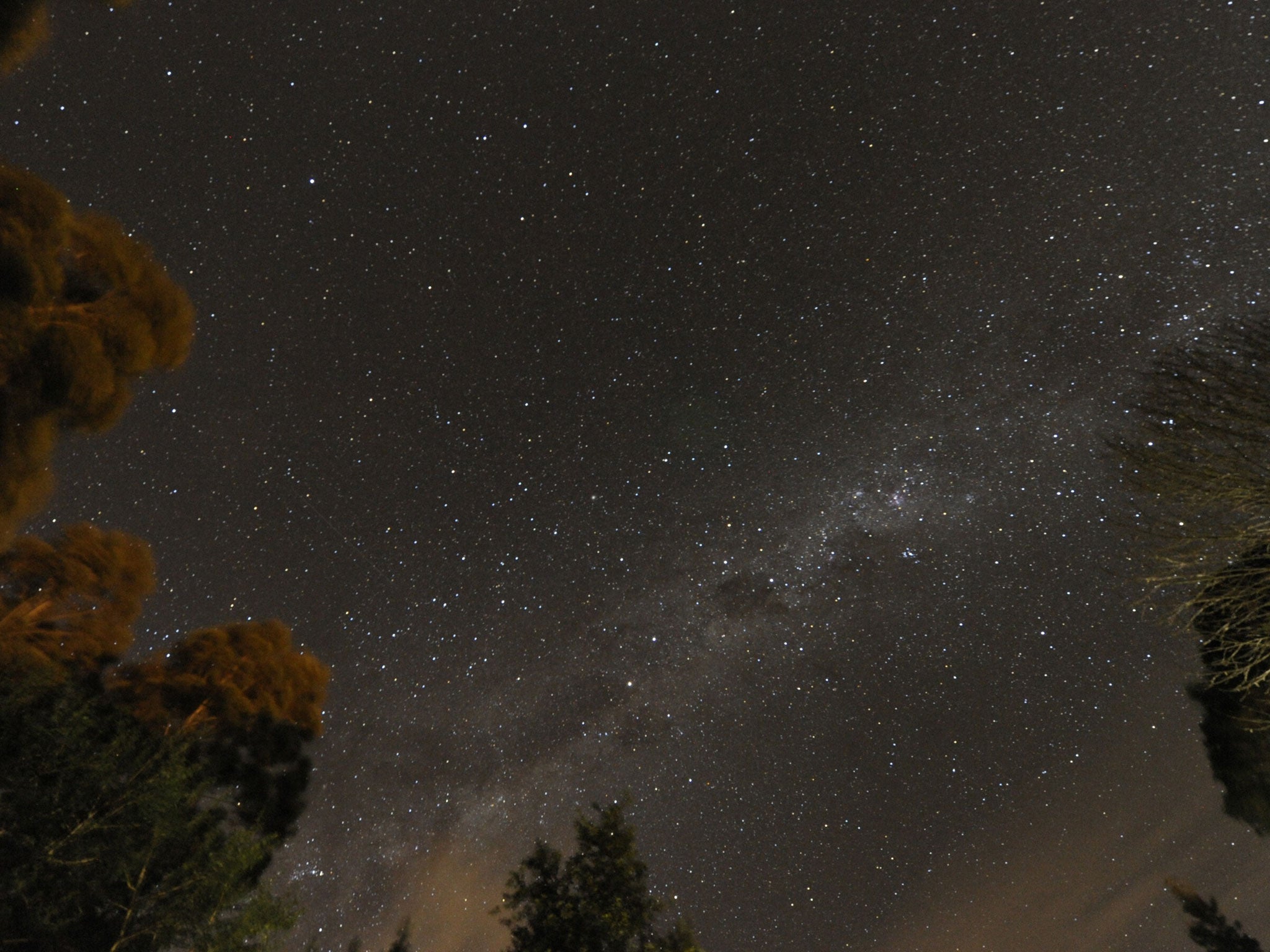Scientists spot ‘unexplained brightness’ after violent explosion in space

Your support helps us to tell the story
From reproductive rights to climate change to Big Tech, The Independent is on the ground when the story is developing. Whether it's investigating the financials of Elon Musk's pro-Trump PAC or producing our latest documentary, 'The A Word', which shines a light on the American women fighting for reproductive rights, we know how important it is to parse out the facts from the messaging.
At such a critical moment in US history, we need reporters on the ground. Your donation allows us to keep sending journalists to speak to both sides of the story.
The Independent is trusted by Americans across the entire political spectrum. And unlike many other quality news outlets, we choose not to lock Americans out of our reporting and analysis with paywalls. We believe quality journalism should be available to everyone, paid for by those who can afford it.
Your support makes all the difference.Scientists have seen an "unexplained brightness" in the wake of a violent explosion in space.
The bright flash is the most intense infrared light from a short gamma-ray burst ever seen. It is more luminous than was theoretically thought possible, sending out more energy in half a second than the Sun will produce in its entire lifetime.
“It’s amazing to me that after 10 years of studying the same type of phenomenon, we can discover unprecedented behavior like this,” said Wen-fai Fong, assistant professor of physics and astronomy at Northwestern University and lead author of the study, in a statement.
“It just reveals the diversity of explosions that the universe is capable of producing, which is very exciting.”
The study has been accepted for publication in The Astrophysical Journal later this year. A preprint version is available online now.
The blast was spotted in May this year, when Nasa’s Hubble Space Telescope captured the glow, three days after the burst.
The data showed that the emission of near-infrared light energy was 10 times brighter than scientists had expected. Existing models did not suggest such a result was possible.
“These observations do not fit traditional explanations for short gamma-ray bursts,” said Fong. “Given what we know about the radio and X-rays from this blast, it just doesn’t match up. The near-infrared emission that we’re finding with Hubble is way too bright.”
To ensure that the data was valid, researchers looked to find exactly where it was coming from, and how far away it was. The brightness could be a result of the explosion being particularly close by, since lights get dimmer the further away in the universe they are, just like a distant torch.
Using data from tools at the WM Keck Observatory on Maunakea in Hawaii, they found that it was actually further away than they expected.
Gamma-ray bursts are among the most intense events int he universe, and are thought to be caused when two neutron stars merge. They are usually followed by a “kilonova” – a thousand times as brighter as a classical nova – as the glow from the merger is sent through the universe.
But even that phenomenon does not seem to explain the intensity of the blast.
Researchers have speculated about what could cause such a bright burst – such as the neutron star merger forming a magnetars, or supermassive neutron star with a very powerful magnetic field, recently held responsible for fast radio bursts – but ultimately cannot be sure for now what exactly it was. Over the next few years, further material ejected from the blast should be visible telescopes, allowing astronomers to further explore what might have caused it.
Join our commenting forum
Join thought-provoking conversations, follow other Independent readers and see their replies
Comments